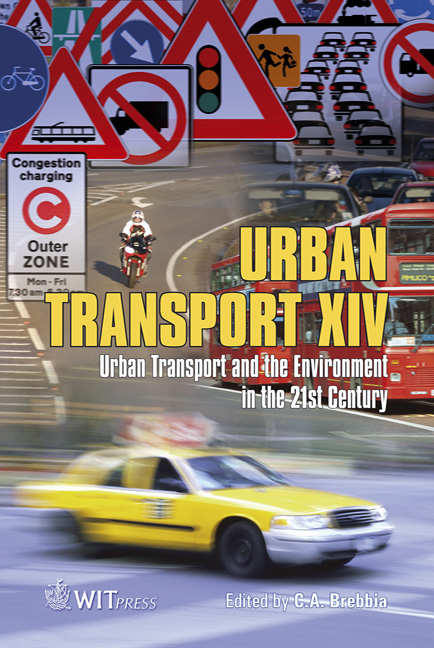Advanced Bus Transit Systems – \“best Practice” Mobility Solutions For Emerging Agglomerations
Price
Free (open access)
Transaction
Volume
101
Pages
10
Page Range
157 - 166
Published
2008
Size
616 kb
Paper DOI
10.2495/UT080151
Copyright
WIT Press
Author(s)
G. Mattrisch & D. M. Weiss
Abstract
Current long-term socio-demographic trends in different world regions provide direct implications in terms of future requirements for efficient mass-transit systems in the existing and upcoming agglomerations around the world. As most of the developing countries will lack the necessary financial and planning resources to establish rail-based systems (metro, light rail), the need for bus-based public transport technology will become inevitable, independent of any political desires and programs. Currently, unorganized private minibuses (\“paratransit”) are taking a growing share of mobility in these cities, causing major environmental and traffic problems due to inefficient use of roadspace and outdated vehicle technology. Advanced bus systems, such as \“Bus Rapid Transit” (BRT) systems, which have proven successful and economically efficient in a number of Latin American and European conurbations, provide a potential solution for these agglomerations, based on readily-available vehicle technology and local capacities in conventional road building. The sustainability balance, the transportation performance, and the financial requirements of these systems are very positive, especially when coordinated with an integrated town-planning approach. The paper describes obtainable advantages in mobility and sustainability of advanced bus transit systems, based on available and proven concepts and technologies. Keywords: emerging agglomerations, mobility, Bus Rapid Transit, operating costs.
Keywords
emerging agglomerations, mobility, Bus Rapid Transit, operating costs.





